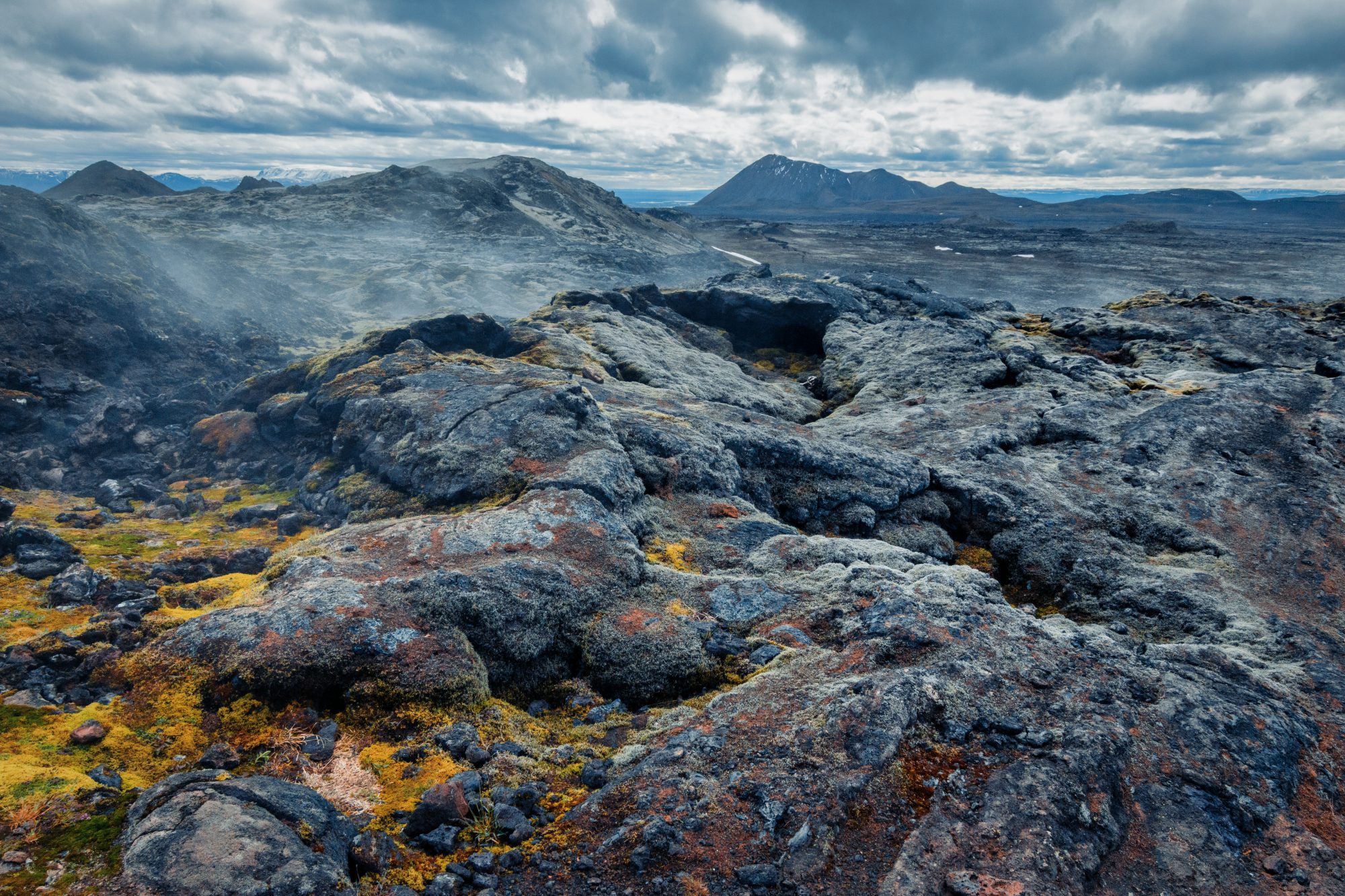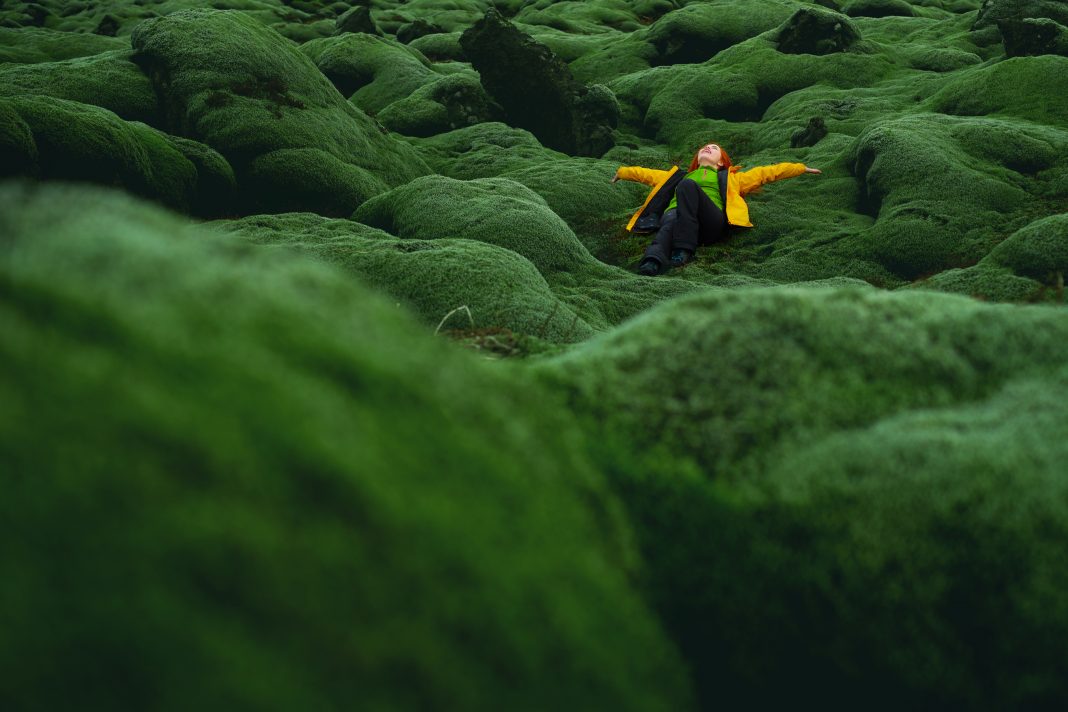Mosses are not only good for gardens but are just as fundamental for the entire planet’s health when grown on topsoil; researchers at UNSW Sydney find
Many urban gardeners tend to stop moss from growing in their gardens as they consider it a problem, but research shows that this ancient ancestor of all plants brings numerous benefits to green spaces – such as protecting against erosion and even mitigation against the effects of climate change.
UNSW Sydney looked at 123 plant ecosystems globally, finding that in patches of soil where mosses were present, there was more nutrient cycling, decomposition of organic matter and even control of pathogens harmful to other plants and people.
In some countries, like Iceland, moss is protected due to its benefits to the ecosystem and terrain – and isn’t to be stepped on.
Mosses work against climate change by capturing vast amounts of carbon
Mosses lay the foundations for plants to flourish in ecosystems everywhere; they may play an important role in mitigating climate change by capturing vast amounts of carbon.
The study analysed mosses from lush, tropical rainforests, to barren polar landscapes, through to arid deserts like those found in Australia, finding that mosses cover around 9.4 million km2 in the environments surveyed – comparable in size to Canada or China.
Mosses cover around 9.4 million km2 of land
While moss is instrumental in reabsorbing carbon dioxide, these levels of carbon capture are of a similar magnitude to levels of carbon release from agricultural practices such as land clearing and overgrazing.
Moss was estimated to take and store 6.43 billion tonnes of carbon from the atmosphere alone.
Storing 6.43 billion tonnes of carbon from the atmosphere
They are also an excellent neighbour to soil and plants, as the researchers identified over 24 benefits they provide.
Mosses are different to vascular plants. While they have roots and leaves, their roots are different, with root-like growths called rhizoids that anchor them to the soil surface.
Dr. Eldridge at UNSW’s School of Biological, Earth & Environmental Sciences says: “All the global emissions from land use change, such as grazing, clearing vegetation and activities associated with agriculture – we think mosses are sucking up six times more carbon dioxide, so it’s not one to one, it’s six times better.
“Mosses don’t have the plumbing that an ordinary plant has, called a xylem and a phloem, which water moves through.”
A good neighbour with a positive influence on surface microclimates
These positive ecological functions of soil mosses are associated with their influence on surface microclimates, allowing them to regulate soil temperature and moisture for plant ecosystems – adapting to the environment they are in.
For instance, moss in Australia acts differently from that in China: “Moss survives by picking up water from the atmosphere.
And some mosses, like the ones in the dry parts of Australia, curl when they get dry, but they don’t die – they live in suspended animation forever.
“We’ve taken mosses out of a packet after 100 years, squirted them with water and watched them come to life. Their cells don’t disintegrate like ordinary plants do.” Dr. Eldridge says.
“Without moss, our ecosystems would be in big trouble”
Dr Eldridge notes that without moss, our ecosystems would be in big trouble, as losing moss through land clearing or natural disturbances loses the ability to hold the soil together, leading to erosion.
Moss can even come to the rescue in disturbed ecosystems
For instance, in the area around the Mount St Helens Volcano after a large eruption in the early 1980s, most of the flora and fauna were removed, but researchers who tracked how life returned to the mountain noticed that mosses were among the first forms of life to reappear.

Dr. Eldridge says: “We were originally really interested in how natural systems of native vegetation that haven’t been disturbed much differ from human-made systems like parks and gardens – our green spaces.
“We were gobsmacked to find that mosses were doing all these amazing things. The first things to come back were cyanobacteria, blue green algae, because they’re very primitive, and then mosses came back.”
“We were gobsmacked to find that mosses were doing all these amazing things”
“People think if moss is growing on soil it means the soil is sterile or has something wrong with it. But it’s actually doing great things, you know, in terms of the chemistry of the soil, like adding more carbon and nitrogen, as well as being primary stabilisers when you get lots of disturbance.
“What we show in our research is that where you have mosses you have a greater level of soil health, such as more carbon and more nitrogen.
“So they’re helping to prime the soil for the return of trees, shrubs, and grasses, that eventually end up getting out-competed in the process. So they’re the first guys that get in there and fix things up and then first to leave.”
The researchers note their amazement that people often see moss as a problem in urban settings –when moss actually plays a vital role in nature.











